Modern Mountain Magic: Where Minimalism Meets Majesty
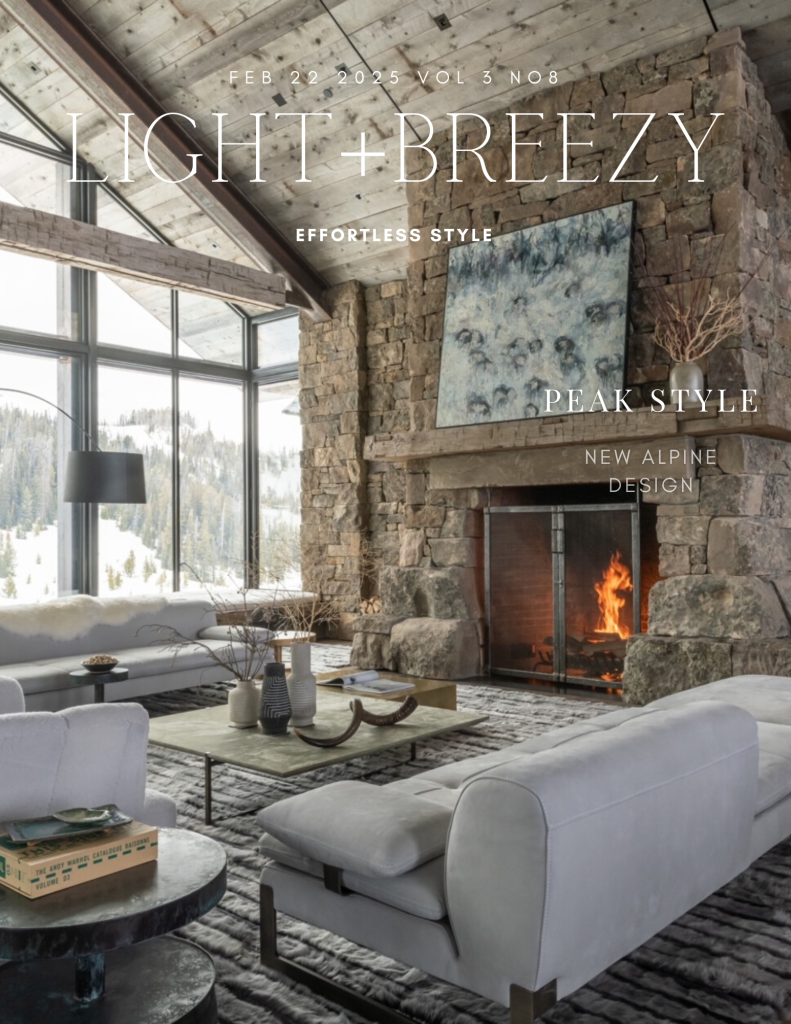
The new mountain aesthetic isn’t about antler chandeliers or plaid overload. Today’s most compelling high-altitude homes strike a delicate balance between rustic warmth and contemporary cool—and we’ve got the inside scoop on mastering this coveted look.
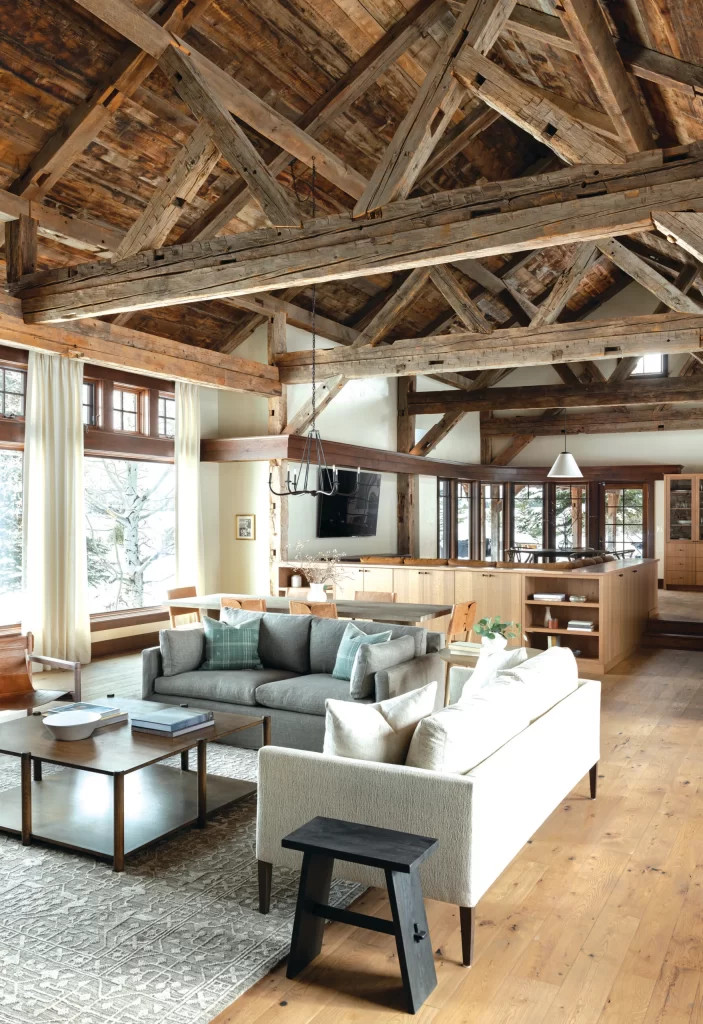
When Denver-based interior designer Sarah Markham first walked into her clients’ Aspen property, she knew immediately what had to go. “The house was drowning in lodge clichés,” she recalls. “Heavy curtains blocked stunning views, dark wood absorbed all the natural light, and everywhere you looked there were carved bears.” Three months later, the transformed space became her calling card for modern mountain style—a masterclass in restraint, natural materials, and strategic drama.
The New Mountain Mood
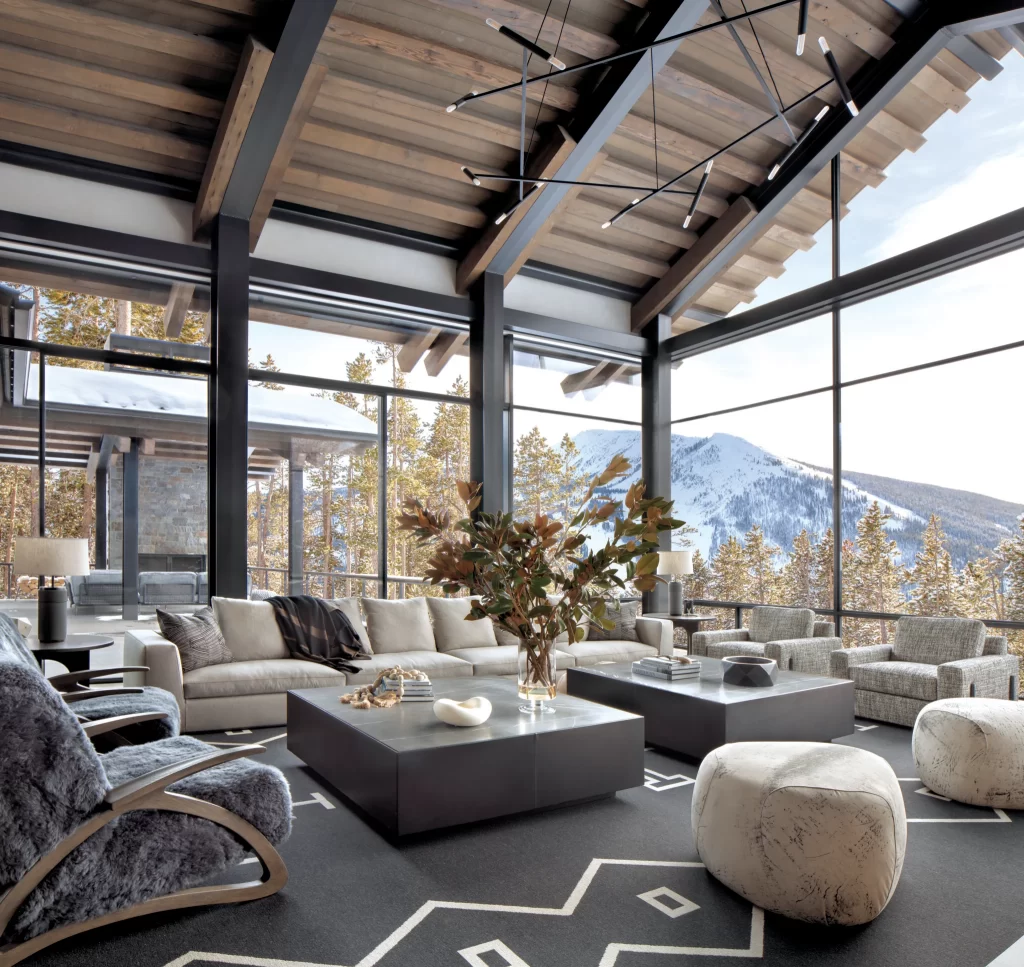
Forget everything you thought you knew about mountain home décor. Today’s most sophisticated alpine interiors take their cues from the landscape itself—clean lines, organic textures, and a purposeful blend of raw and refined materials. “It’s about creating dialogue with the environment, not competing with it,” explains Jackson Hole architect Kyle Colom. “When you have floor-to-ceiling windows framing snow-capped peaks, you don’t need much else to create impact.”

This philosophy is evident in Colom’s recent project, where locally quarried stone walls meet sleek steel windows, and hand-hewn timber beams hover above polished concrete tile floors. The result? A space that feels both grounded and ethereal.
Nature’s Palette, Reimagined
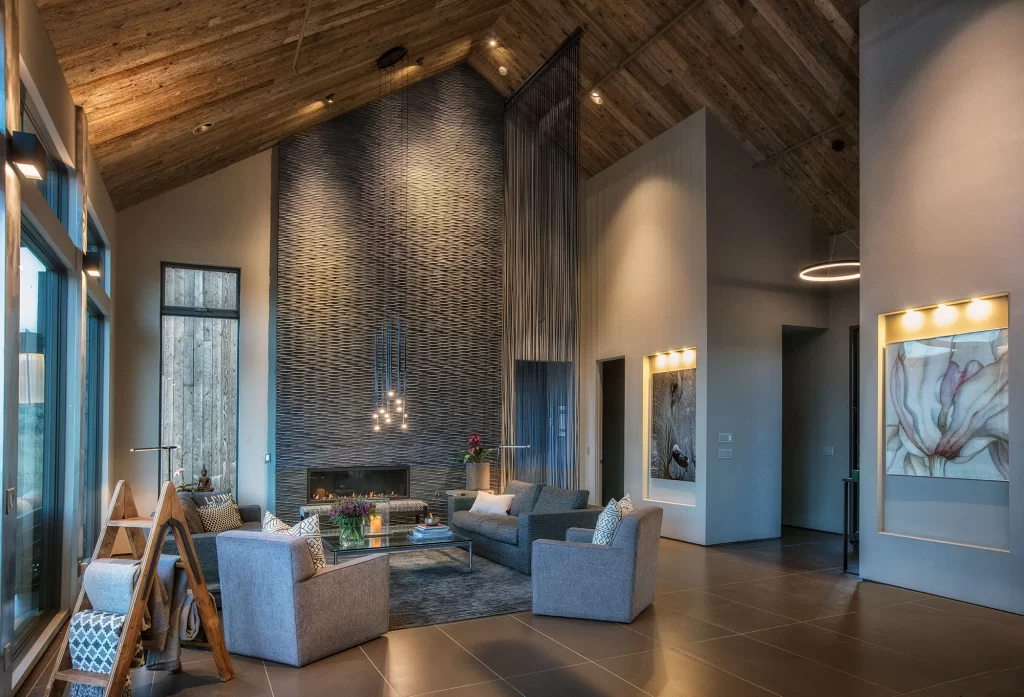
The key to modernizing mountain style lies in an unexpected approach to color. Instead of the traditional deep reds and forest greens, today’s mountain palettes skew subtle and sophisticated. Think fog rolling over peaks at dawn—layers of gray, white, and pale sage, punctuated by black accents that echo bare winter branches against snow.
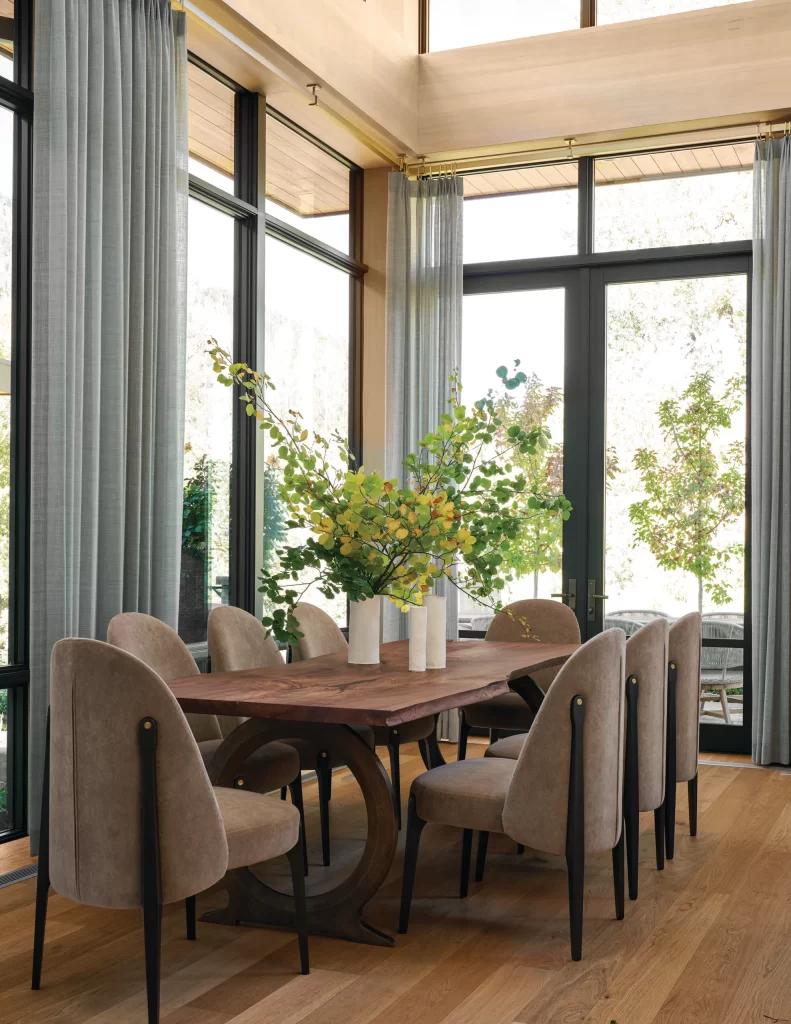
“We’re seeing clients embrace the quieter tones of the mountain landscape,” notes color consultant Marie Kotsos. “A sofa in the exact shade of weathered granite, or drapery that captures the blue-gray of an approaching storm. These choices create continuity between indoor and outdoor spaces without feeling obvious.”
The Art of Elevation
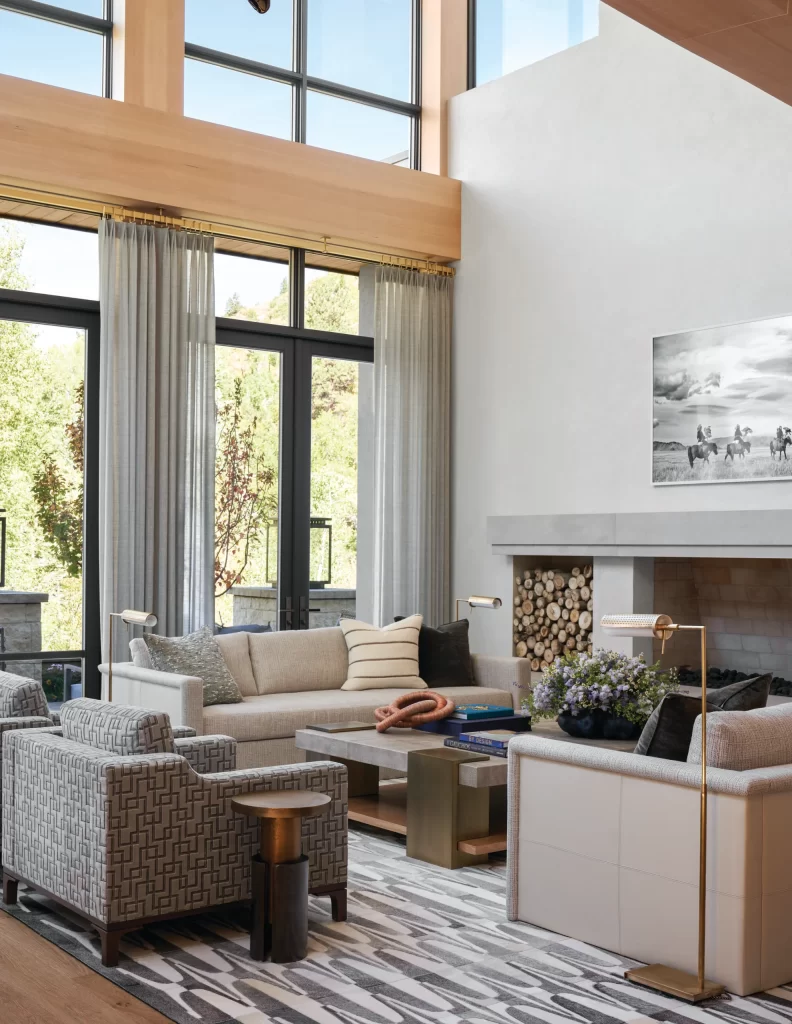
Modern mountain style excels in its strategic use of texture. In a recent Telluride project, designer Jake Morris layered raw silk sheer curtains against a stone mantel, while a patinated copper side table adds warmth to the space. “The trick is to create visual interest through tactile contrasts rather than busy patterns or unnecessary ornamentation,” Morris explains.

This approach extends to furniture choices as well. Gone are the overstuffed leather sofas and heavy wood coffee tables. In their place: clean-lined pieces upholstered in nubby bouclé, streamlined benches in bleached oak, and sculptural chairs that could double as art installations.
Light as a Design Element
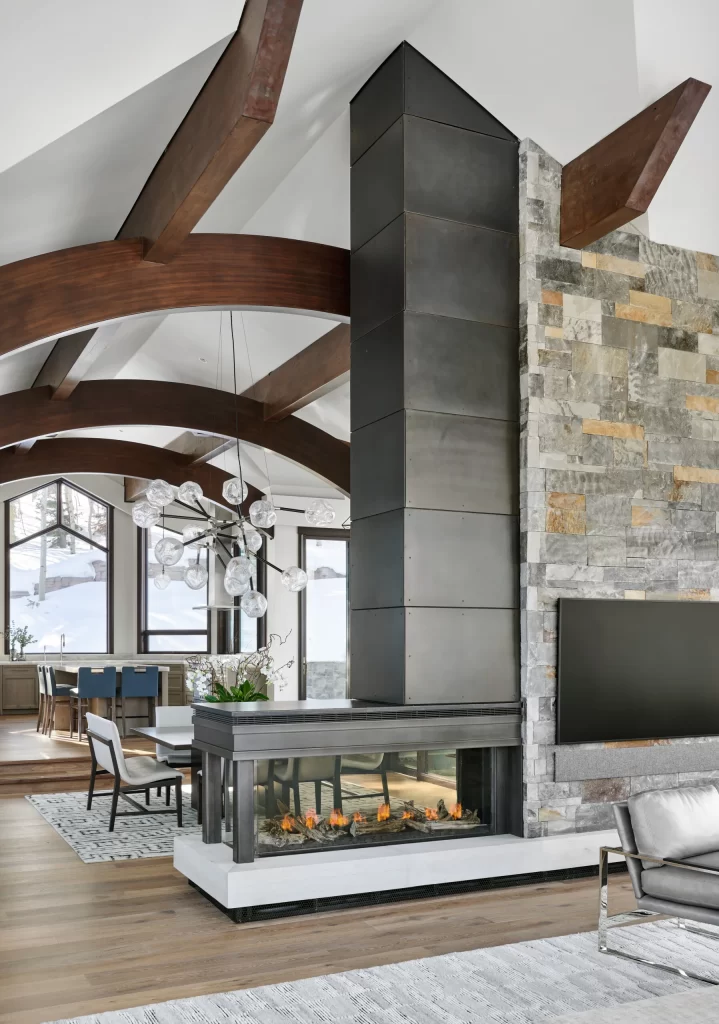
Perhaps the most transformative element in modern mountain homes is the thoughtful manipulation of light. “Mountain light is different,” says lighting designer Rebecca Matthews. “It’s crisper, more dramatic. Our job is to honor that natural gift while creating layers of warmth for evening hours.”
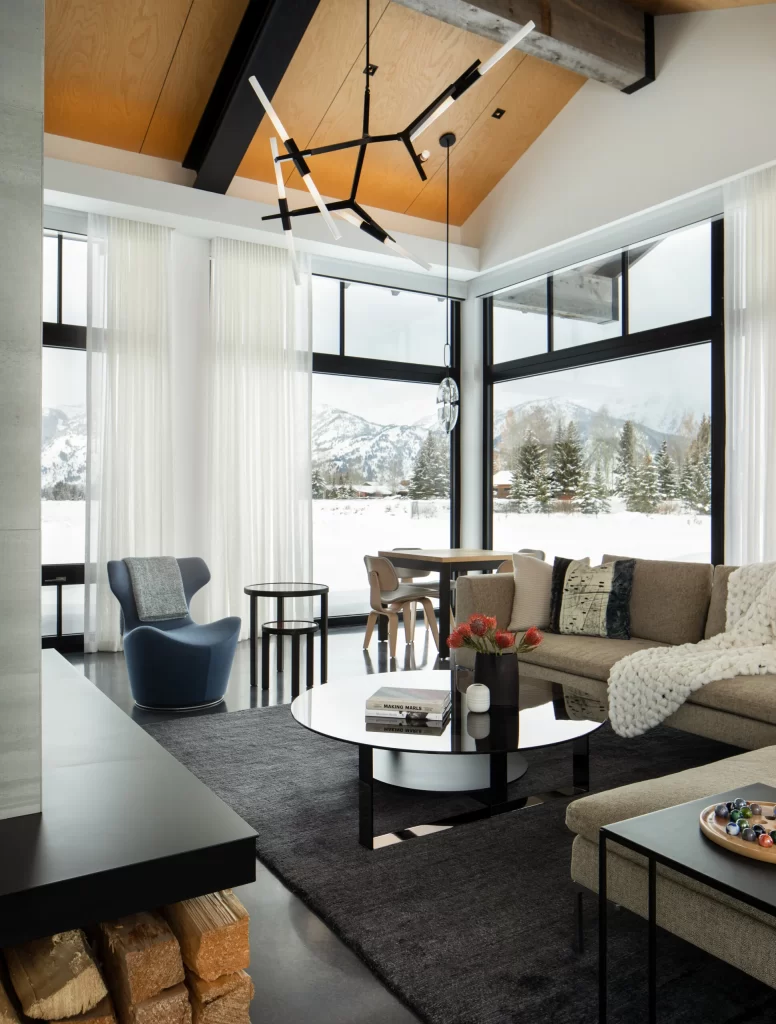
Matthew’s solutions often involve minimal but impactful interventions: linear LED strips tucked into wooden beams, wall sconces that cast geometric shadows, and statement pendants that seem to float like clouds in double-height spaces.
The Details That Matter
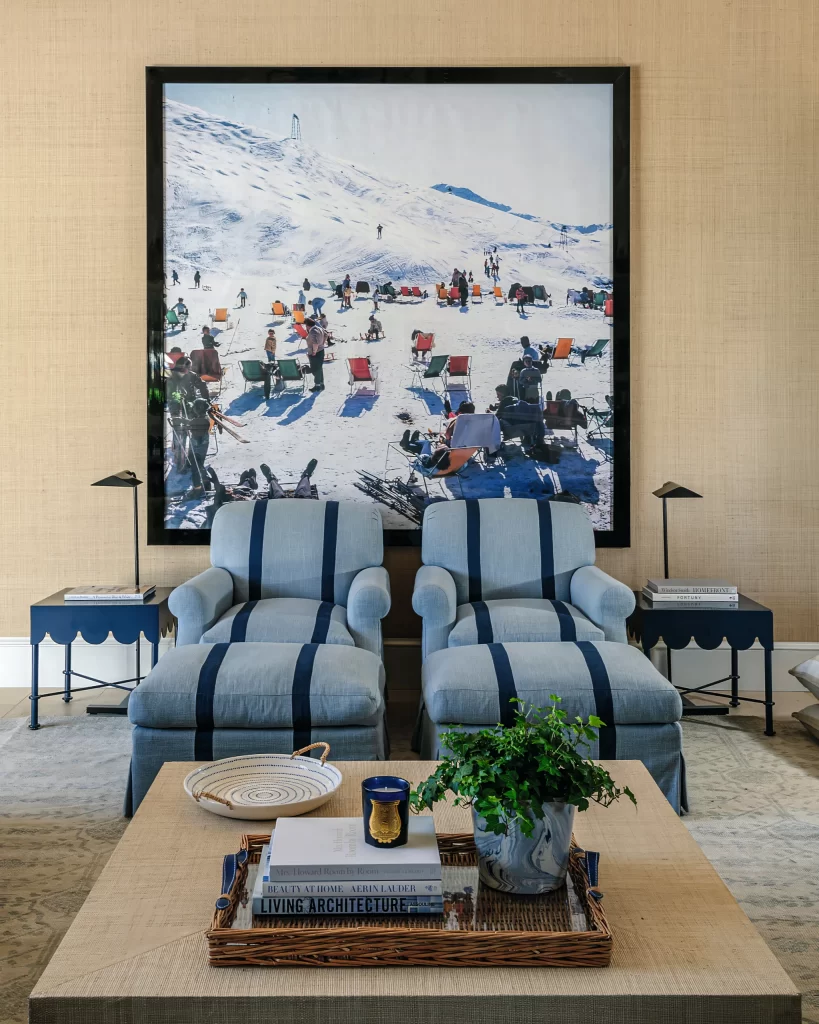
Success in modern mountain design often comes down to careful editing. “Every piece needs to earn its place,” Markham insists. “That might mean a single, spectacular vintage Navajo rug instead of multiple smaller textiles, or one monumental piece of art rather than a gallery wall.”
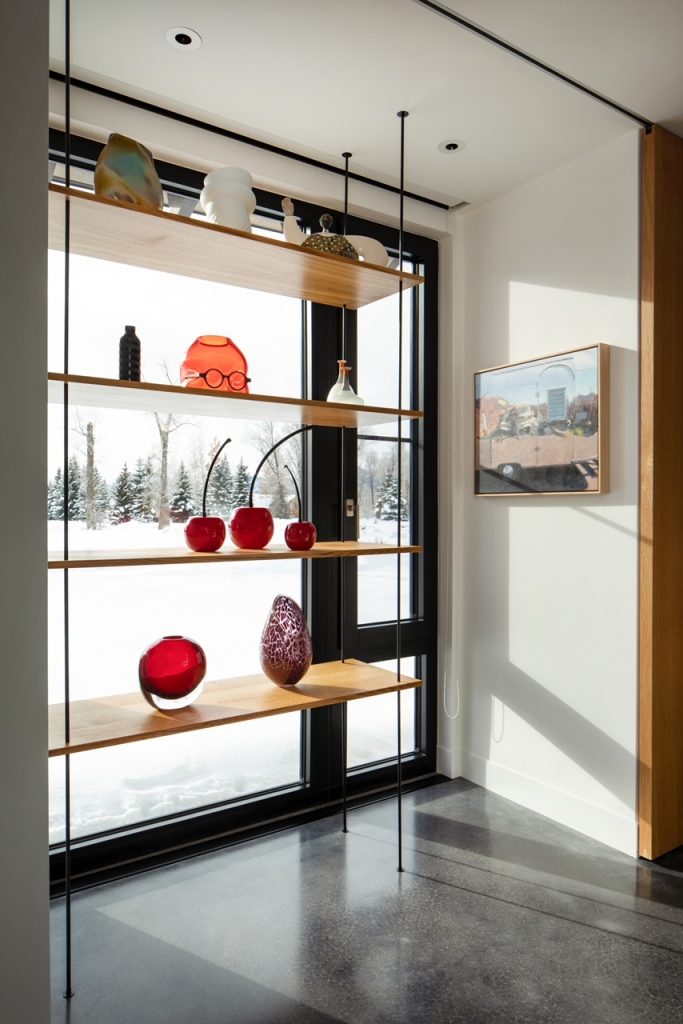
This disciplined approach extends to accessories. Rather than filling shelves with traditional mountain tchotchkes, today’s designers opt for curated collections of ceramics in organic shapes, or striking geological specimens that reflect the surrounding landscape.
Bringing It Home

While not everyone has a mountain retreat to decorate, the principles of modern mountain design can elevate any space. The key takeaways? Embrace natural materials but use them in unexpected ways. Let architecture do the heavy lifting. Choose fewer, better pieces. And above all, remember that sometimes the most impactful design move is knowing when to stop.
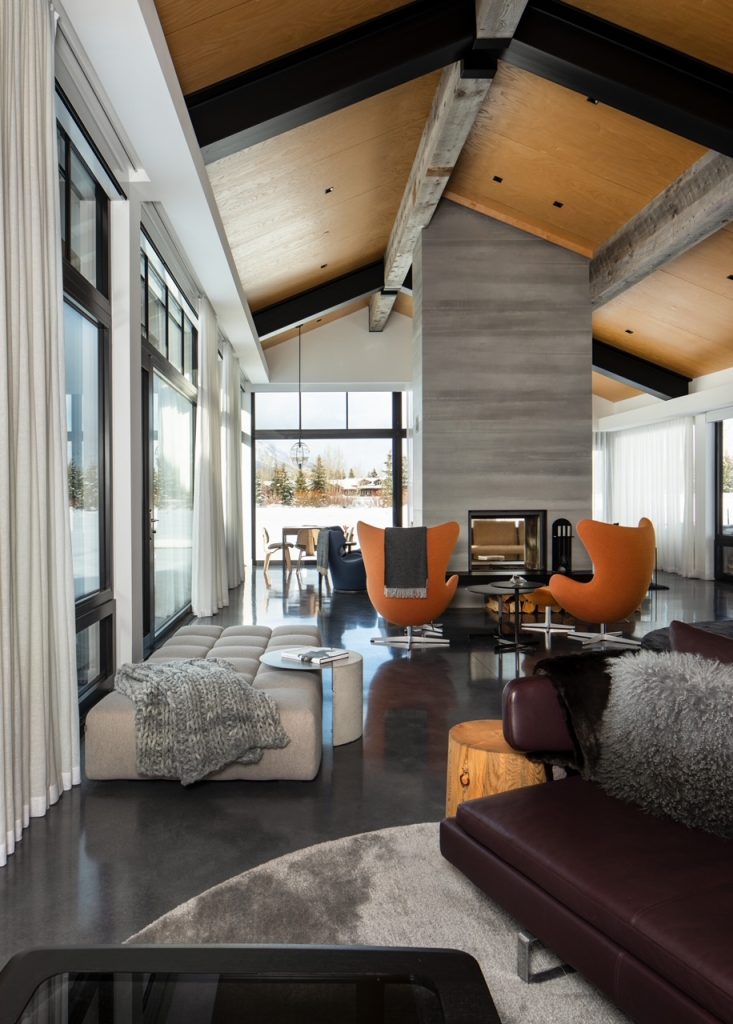
As Markham puts it, “The mountains teach us about grandeur through simplicity. The best interiors do the same.”
